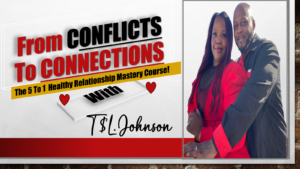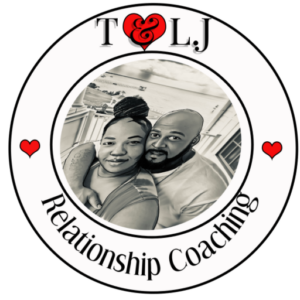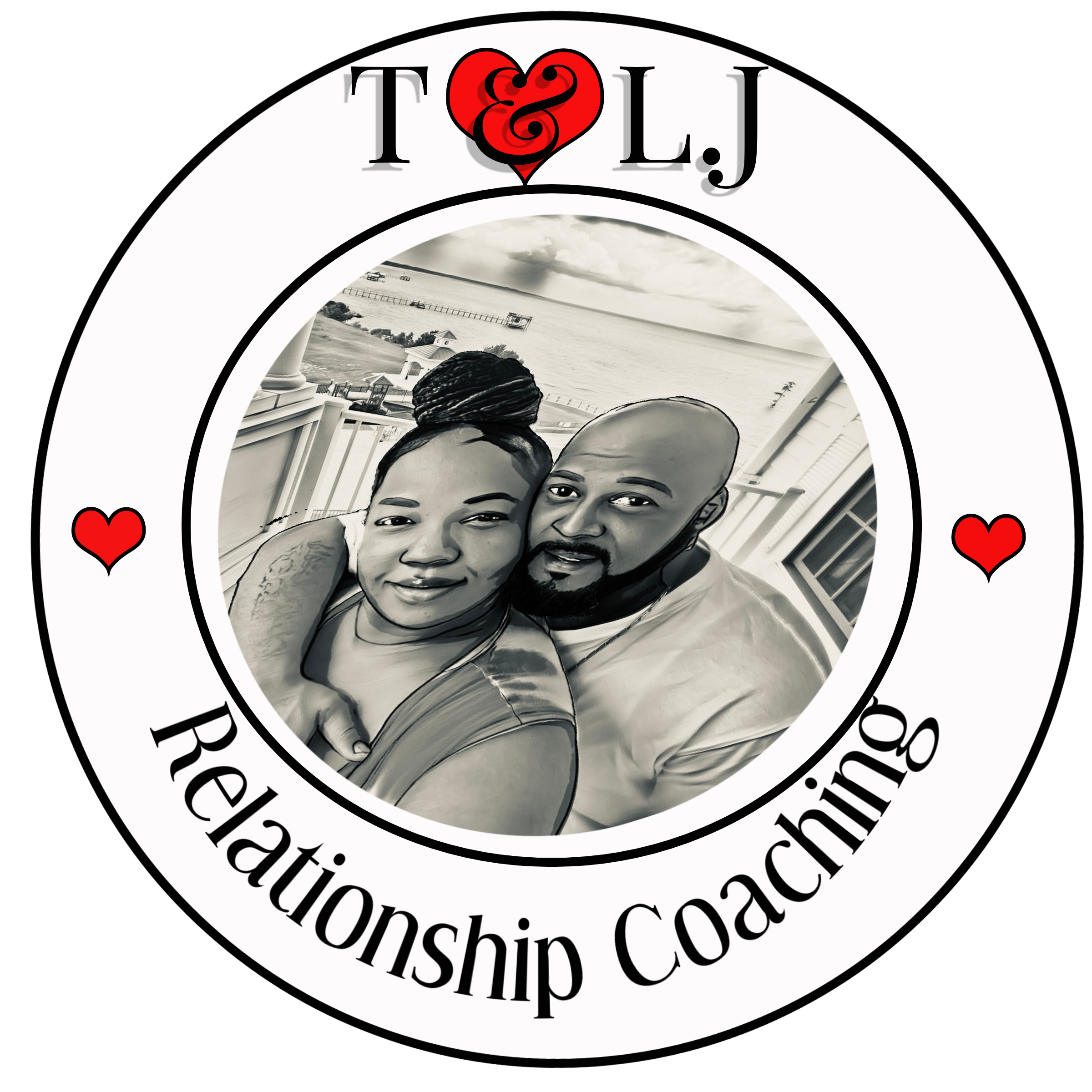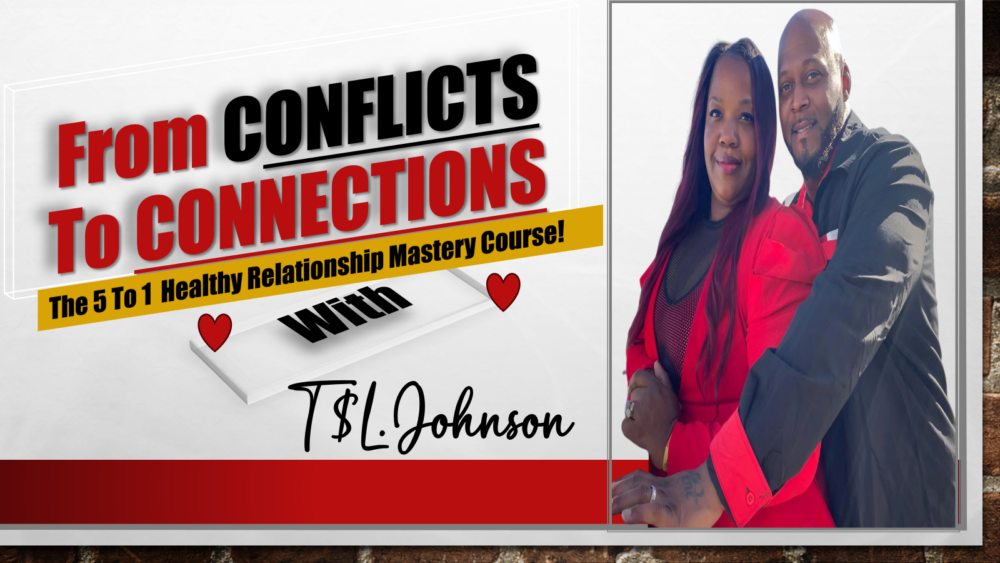Understanding Emotional Context
Why Emotions Matter
When it comes to listening, emotions are the unsung heroes of effective communication. From my experience, I’ve noticed that understanding someone’s feelings can totally change the dynamics of a conversation. It’s not just about what words are being said, but the emotional undertones that accompany those words.
Have you ever found yourself in a conversation where the person seemed to be saying one thing, but their body language and tone painted a different picture? That’s emotional context at play. Recognizing these cues can help you connect on a deeper level with others.
So, how do we tune into emotional context? By being present and engaged. Instead of nodding along while your mind wanders to your grocery list, focus on the speaker. What emotions are they expressing? This awareness is the first step in listening with your heart.
Reading Between the Lines
More often than not, what’s left unsaid carries just as much weight as the spoken words. When I started paying closer attention to the pauses, sighs, and even the silences in conversations, I realized that there’s a whole lot of meaning hidden there.
This skill is all about intuition. Trust your gut feeling when a conversation doesn’t quite sit right. Maybe your friend seems glum while discussing a recent promotion. Digging deeper can lead to uncovering underlying feelings that might be haunting them.
Practicing this takes a bit of time but trust me, it pays off. Engage in active listening by asking open-ended questions that provide space for deeper emotions to surface. This is where true understanding flourishes.
Empathy in Action
One of the most powerful ways to connect is through empathy. I’ve had countless experiences where simply putting myself in someone else’s shoes transformed the conversation entirely. It’s about feeling what they feel, even if their situation is entirely different from yours.
Try reflecting back what the person says with an empathetic twist. “It sounds like you feel overwhelmed. That’s tough!” This not only shows you’re listening but that you care enough to understand their emotional experience.
Empathy isn’t just an instinct; it’s a skill that can be developed. As I practiced, I got more in touch with my emotional compass, making it easier to respond genuinely. It deepens relationships and creates powerful bonds.
Active Engagement
What Does Active Listening Look Like?
Active listening is a game changer in conversations. It means fully engaging with the person rather than just waiting for your turn to talk. When I first learned about active listening, it was like a light bulb went off in my head. Suddenly, interactions felt richer and more meaningful.
This can include nodding, maintaining eye contact, and even mirroring their body language subtly. It shows that you’re not just hearing their words, but you are also absorbed in the moment.
Think of it as a dance where you follow their lead instead of stepping on their toes. It helps to create a natural flow that keeps the conversation engaging and respectful.
Responding with Thoughtfulness
After really listening, responding thoughtfully is key. This is where I often see breakdowns happen in communication. Someone might feel like they poured their heart out only to receive a hurried or dismissive reply.
Taking a moment to gather your thoughts before responding shows respect for what was just shared. It’s like saying, “I value what you said so much that I want to give a response that matches its significance.”
Sharing your insights or feelings can also enrich the conversation. Just make sure you don’t shift the focus away from their experience. Gently weave your thoughts in as extensions of their narrative.
Creating a Safe Space
To really listen with your heart, fostering a safe space is essential. I’ve learned that when people feel secure, they’re more open to sharing their true feelings. It’s all about setting the stage for vulnerability.
This can mean assuring them that their thoughts won’t be judged or divulged to others without permission. Sometimes just saying, “I’m here to listen, no matter what,” can lay a solid foundation for trust.
Consider your physical and emotional surroundings too. Are distractions minimized? Are you in a comfortable setting? These factors can influence how freely someone shares their feelings.
Reflective Listening
The Power of Reflection
Reflective listening is a technique that I’ve grown to appreciate deeply. It’s about showing that you truly understand what the other person is saying. I’ve found that reflecting back their feelings can deepen trust and validation in any conversation.
You might echo back what they express, saying something like, “It sounds like you’re feeling frustrated about that.” This not only assures them you are engaged but also gives them a chance to elaborate further.
Building this kind of communicative feedback creates loops where both parties feel heard and valued. The results? A connection that is deepened and nurtured over time.

Asking Clarifying Questions
Good questions signal to the speaker that you’re invested in understanding their perspective. I always make it a habit to ask clarifying questions if I’m uncertain about something they said. This practice fuels insightful discussions.
Is there something in their story that piqued your interest? Ask about it! “Can you tell me more about how that made you feel?” Such queries not only help ensure you’ve grasped the full context but also encourage them to explore their feelings further.
This practice helps everyone feel like they are on a journey together, discovering shared experiences and insights along the way. It’s enriching for both parties.
Summarizing Points
Another effective way to listen with your heart is by summarizing points that were addressed during the conversation. This reaffirms what you heard and gives the speaker a chance to correct any misinterpretations.
For instance, you could say, “So, what I’m hearing is…” This shows that you’re actively engaged and helps them feel reassured that their message was effectively communicated.
Reflective summarization can pave the way for clarity and further understanding, paving the way for even deeper conversations ahead.
Embracing Vulnerability
Get Comfortable with Being Uncomfortable
Listening with your heart often means grappling with uncomfortable feelings—not just for the speaker, but for yourself too. I’ve had to train myself to be okay with vulnerability. It can be tough, but embracing it can lead to genuine connections.
Being present with someone else’s emotions may unearth feelings you haven’t dealt with yourself. It’s okay to feel a little shaken up. Acknowledging your own discomfort can create space for deeper authenticity in the conversation.
The more I leaned into those feelings, the more I recognized the beauty in human connection. Vulnerability isn’t a weakness; it’s a bridge to understanding.
Sharing Your Own Feelings
On the flip side, it’s valuable to share your feelings too. It creates a balance. If someone opens up about their struggles, I often find it appropriate to share a relatable experience of my own. It adds an element of connection and relatability.
Of course, there’s a fine line here—make sure it’s still about them, and you’re not diverting the conversation to be all about you. Sometimes, just a touch of personal experience enhances the bond.
Remember, it’s not about one-upping their story; it’s about fostering a sense of camaraderie and mutual understanding. Being honest about my own feelings often inspires them to go deeper.
Reinforcing Trust Through Vulnerability
Ultimately, showing vulnerability builds trust. People begin to feel that you’re not just a set of ears, but a genuine human being who cares about what they say. I’ve found that as I share my own struggles, it encourages others to do the same.
Every time someone trusts me with their feelings, it feels like a little badge of honor. I cherish that trust and work hard to maintain it. Remember, trust is a foundation for heart-centered listening.
Maintaining that yardstick of openness makes every conversation richer. It’s how we collectively learn to listen with our hearts.
Conclusion
In learning to listen with our hearts, we foster deeper connections and understanding. It involves empathy, reflective listening, active engagement, and a willingness to embrace vulnerability. Each conversation is a chance to connect on a more profound level. I encourage you to put these practices to the test and witness the transformation in your relationships and communication.
FAQ
1. What does it mean to listen with my heart?
Listening with your heart means engaging in a conversation with emotional awareness and empathy, beyond just hearing words. It involves understanding emotional contexts and connecting on a deeper level.
2. How can I become better at emotional listening?
Practicing active engagement, paying attention to non-verbal cues, and responding thoughtfully are key steps to improve your emotional listening skills. Reflective listening and empathy play crucial roles, too.
3. What if I feel uncomfortable hearing someone else’s emotions?
It’s completely natural to feel uncomfortable. Acknowledging this discomfort is part of embracing vulnerability. Remember that you’re creating space for someone to share, and that’s commendable.
4. Can I share my own experiences while listening?
Absolutely! Sharing relevant experiences can enhance connection, as long as you ensure it doesn’t overshadow the other person’s feelings. Strive for balance in the conversation.
5. How do I foster a safe space for someone to open up?
To create a safe space, reassure the person that their feelings won’t be judged or shared without consent. Minimize distractions and offer your full attention to show that you value the conversation.

Schedule Your First 20-Minute Coaching
Call With Us Today to see if we fit . You pick the price!
Click Here






